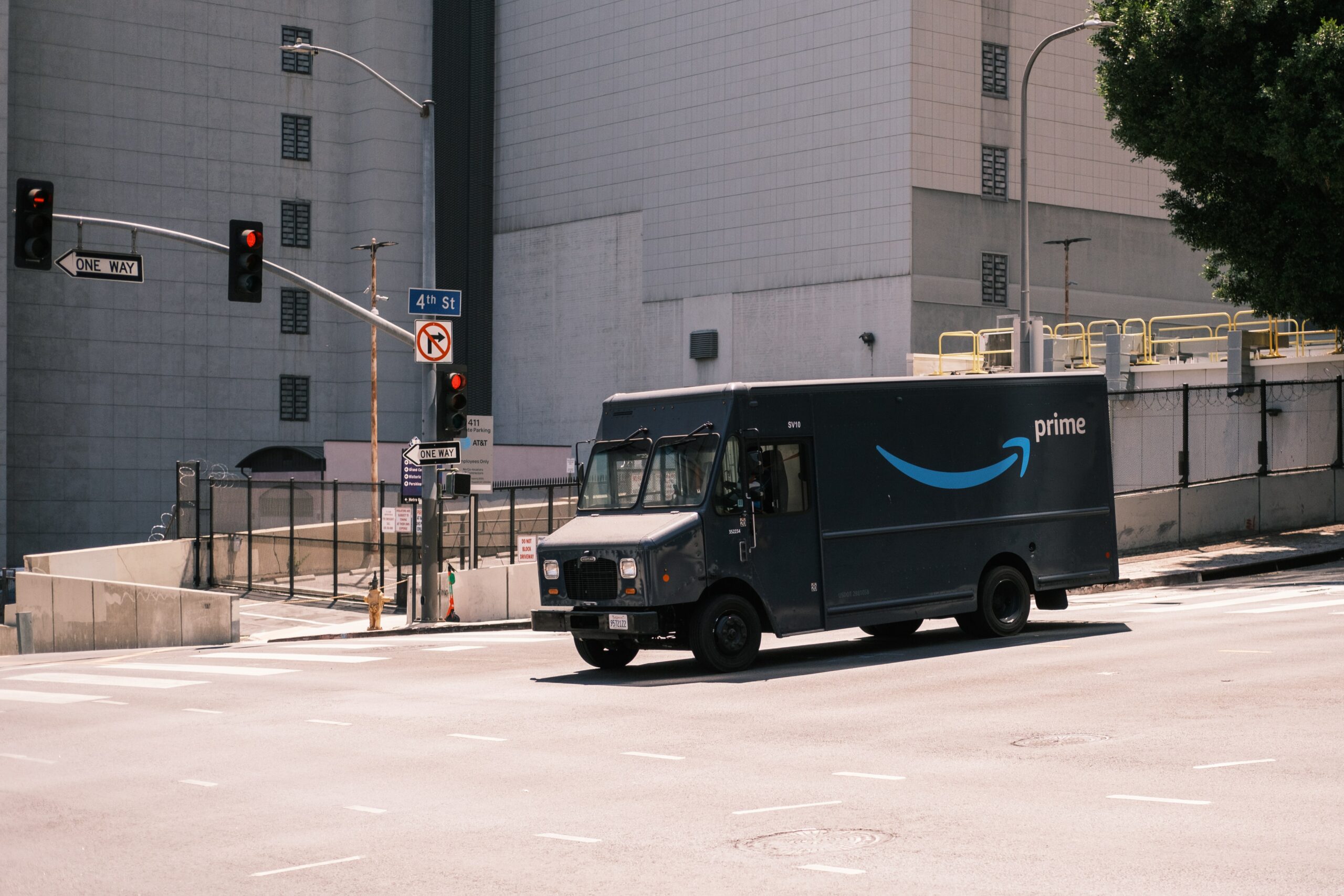Offsetting expansion
Amazon is proceeding with a huge, renewable energy programme – recently unveiling 71 new projects – totalling 2.7 GW of capacity.
The US tech group, which is the world’s largest corporate purchaser of renewable energy, now has a 18.5-GW portfolio consisting of 379 renewable energy projects in 21 countries. The latest plans include the company’s first solar farms in India and its first renewable energy project in South America – a 122-MW solar farm in Brazil.
Amazon has also added its first rooftop solar projects in France and Austria, and its first solar farm in Poland, which it says is one of the largest corporate solar deals so far in the country. The new projects further include 1 GW of clean energy capacity across the southeastern US, including the group’s first two projects in Louisiana.
Green energy’s rise
A financial and legal arrangement, known as a PPA (power purchase agreement), has been a crucial force in America’s switch to clean energy.
Of the approximately 235GW of wind and solar capacity now installed on the nation’s grid, nearly one quarter (more than 52GW) has been contracted by corporations, mostly over the past decade. That emphatic, and mainly voluntary, action by companies, has boosted a blend of wind and solar manufacturers, developers, and operators. It has made renewables more cost-competitive and helped grid operators learn to operate systems with a wonder range.
And the way that PPAs work means these large companies can claim that these vast, renewable projects wouldn’t have happened without them. PPAs stitch together developers like the Harkraders, energy operators like Engie, electric grids like PJM, and—above all—the large companies hungry for power from renewable sources.
And then comes the largest corporate power deal ever: Amazon’s solar and wind shopping spree, buying 15.7GW globally over the past three years, nearly equal to the prodigious energy demands of the $1.4-trillion company.
Our take
Amazon is just a part of the picture – but a huge and significant one. We could well see an unprecedented surge in the renewable energy sector, that’s not only good for the environment, but good for investors.
These days, Amazon is the hungriest of all. The behemoth was not the first to buy renewable power for its operations, but it is now buying the most. The buying spree is part of Amazon’s broader effort to reach “net-zero carbon” by 2040—meaning it will eliminate or offset the carbon emissions from all its operations, including trucks, planes, and manufacturing.
This opens all kinds of avenues for ethical and green investors looking at big names, and also opportunities across the renewables industry as energy needs become more eco-friendly over time.
